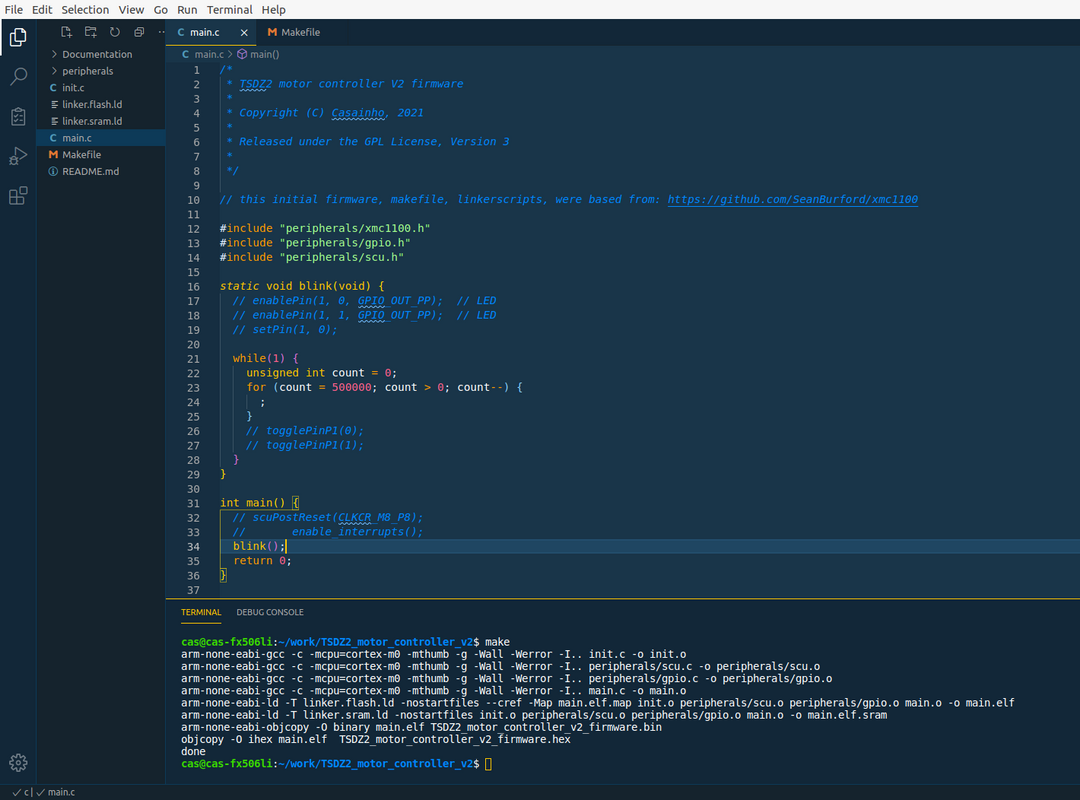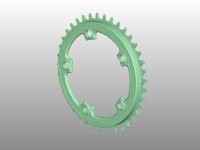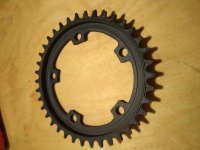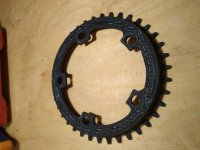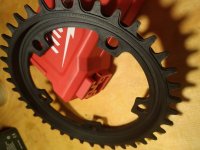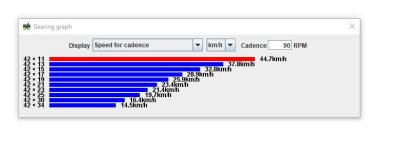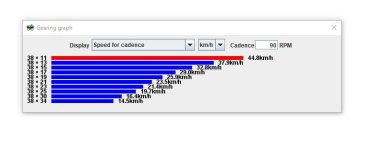It is possible to have some more information on how to replicate this problem?Blacklite said:michih. said:Mr.Flibble said:I am using 20.1C2 and like others have said, I am getting an occasionally feedback through the pedals like a tooth is missing in the main gear (no noise or apparent effect on the motor).
It only happens in higher cadences, with lower pressure on the pedals. There can be anywhere between 5 and 20 minutes between occurrences, and it happens in eMTB mode.
Is this the copy and paste issue, or something different?
Thanks again.
No ist still there. At first I thought it came from the blue gear. then swapped the entire engine. but the problem is the same. V7 flashed, the twitch is gone.
MFG Michael
I have been unable to get rid of this in the version I forked before mbrusa's released the .2 using the V12 base... I first thought it was an issue with code execution speed, so I've tried a whole lot of things to speed up the code outside the motor control. But still doesn't eliminate it completely. Unfortunately I don't have enough tools and knowledge to properly work out the problem.
...
Is it only in eMTB mode?


